-
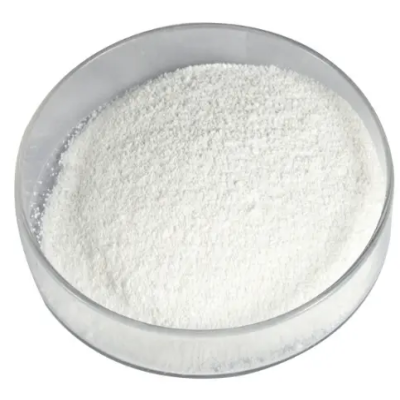
2,2-Dimethyltetrahydro-2H-pyran-4-ol CAS:24945-13-9
2,2-Dimethyltetrahydro-2H-pyran-4-ol, a distinctive compound crafted through precise synthetic methodologies, holds significant relevance in organic chemistry. Its molecular architecture features a tetrahydro-pyran core embellished with two methyl groups and a hydroxyl moiety, embodying remarkable versatility for various chemical applications. Recognized for its stability and unique structural features, this compound serves as a fundamental building block in the synthesis of diverse organic molecules, fragrance ingredients, and pharmaceutical intermediates. Its well-defined structure and reactivity pave the way for innovative advancements in research and industrial sectors.
-
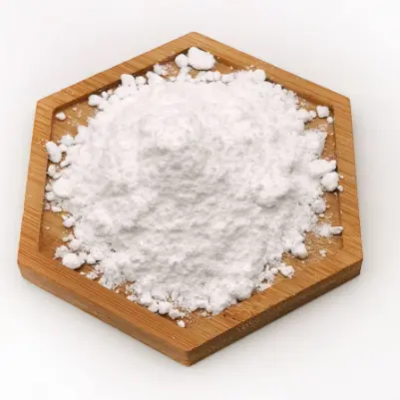
trans-Ethyl 2-hydroxycyclohexanecarboxylate CAS:6125-55-9
trans-Ethyl 2-hydroxycyclohexanecarboxylate, meticulously synthesized with precision, stands as a significant compound in organic chemistry due to its unique molecular structure and versatile applications. Featuring a cyclohexane core substituted with an ethyl group and a hydroxyl moiety, it offers diverse opportunities for chemical transformations. Recognized for its stability and structural complexity, this compound serves as a fundamental building block in the synthesis of pharmaceuticals, agrochemicals, and specialty chemicals. Its strategic arrangement of functional groups provides a platform for various synthetic pathways, contributing to advancements in research and industrial sectors.
-
![[trans-2-(trifluoromethyl)cyclopropyl]methanol CAS:78376-92-8](https://cdn.globalso.com/xindaobiotech/V3@A6KDXTE0I05WML154.png)
[trans-2-(trifluoromethyl)cyclopropyl]methanol CAS:78376-92-8
[Trans-2-(trifluoromethyl)cyclopropyl]methanol, meticulously synthesized with precision, stands as a significant compound in organic chemistry due to its unique molecular structure and versatile applications. Featuring a cyclopropyl core substituted with a trifluoromethyl group, it offers diverse opportunities for chemical transformations. Renowned for its stability and structural complexity, this compound serves as a crucial intermediate in the synthesis of pharmaceuticals, agrochemicals, and specialty chemicals. Its strategic arrangement of functional groups provides a platform for various synthetic pathways, contributing to advancements in both research and industrial sectors.
-
![tert-butyl 5-hydroxy-2-oxospiro[indoline-3,4'-piperidine]-1′-carboxylate CAS:1217736-39-4](https://cdn.globalso.com/xindaobiotech/10WCKQ6EGR3DADJD9G113.png)
tert-butyl 5-hydroxy-2-oxospiro[indoline-3,4'-piperidine]-1′-carboxylate CAS:1217736-39-4
Tert-butyl 5-hydroxy-2-oxospiro[indoline-3,4'-piperidine]-1′-carboxylate, meticulously synthesized with precision, holds a significant position in organic chemistry due to its unique molecular structure and versatile applications. This compound features a spiro[indoline-piperidine] core substituted with a tert-butyl group, a hydroxy group, and a carboxylate moiety, offering diverse opportunities for chemical transformations. Renowned for its stability and structural complexity, it serves as a crucial intermediate in the synthesis of pharmaceuticals, agrochemicals, and specialty chemicals. Its strategic arrangement of functional groups provides a platform for various synthetic pathways, contributing to advancements in both research and industrial sectors.
-
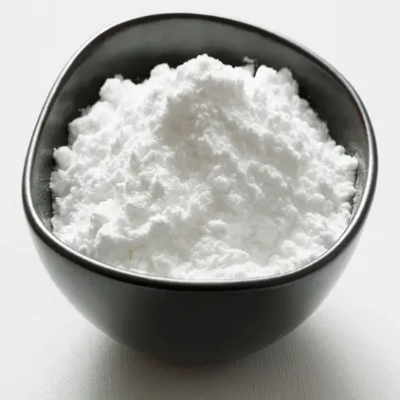
Ethyl 4-formyl-1H-pyrazole-3-carboxylate CAS:179692-09-2
Ethyl 4-formyl-1H-pyrazole-3-carboxylate, a versatile compound synthesized through meticulous processes, holds paramount significance in organic synthesis. With a molecular structure comprising a pyrazole core appended with an aldehyde and ester functional group, it embodies promising prospects in various chemical applications. Renowned for its reactivity and structural diversity, this compound serves as a pivotal building block in the synthesis of diverse organic molecules, pharmaceutical intermediates, and agrochemicals. Its strategic placement of functional groups offers a platform for manifold transformations, amplifying its utility across research and industrial domains.
-
![tert-Butyl 5-chloro-1h-pyrrolo[2,3-c]pyridine-1-carboxylate CAS:1184844-58-3](https://cdn.globalso.com/xindaobiotech/GRKLPVJ3QSJRM92.png)
tert-Butyl 5-chloro-1h-pyrrolo[2,3-c]pyridine-1-carboxylate CAS:1184844-58-3
Tert-Butyl 5-chloro-1H-pyrrolo[2,3-c]pyridine-1-carboxylate, meticulously synthesized with precision, stands as a significant compound in organic chemistry due to its distinctive molecular structure and versatile reactivity. Comprising a pyrrolopyridine core substituted with a tert-butyl group and a chloro moiety, it holds immense promise for various chemical applications. Recognized for its structural complexity and functional diversity, this compound serves as a crucial intermediate in the synthesis of pharmaceuticals, agrochemicals, and materials with tailored properties. Its strategic arrangement of functional groups offers a platform for diverse transformations, elevating its significance in research and industrial sectors.
-
![benzyl 5-amino-hexahydrocyclopenta[c]pyrrole-2(1H)-carboxylate hydrochloride CAS:2891599-18-9](https://cdn.globalso.com/xindaobiotech/@LXIVIBPRLO53RUL5FBL7H796.png)
benzyl 5-amino-hexahydrocyclopenta[c]pyrrole-2(1H)-carboxylate hydrochloride CAS:2891599-18-9
Benzyl 5-amino-hexahydrocyclopenta[c]pyrrole-2(1H)-carboxylate hydrochloride, meticulously synthesized with precision, holds a significant position in organic chemistry due to its unique molecular structure and versatile applications. This compound features a hexahydrocyclopenta[c]pyrrole core substituted with a benzyl group and an amino-carboxylate moiety, offering diverse opportunities for chemical transformations. Renowned for its stability and structural complexity, it serves as a crucial intermediate in the synthesis of pharmaceuticals, agrochemicals, and specialty chemicals. Its strategic arrangement of functional groups provides a platform for various synthetic pathways, contributing to advancements in both research and industrial sectors.
-
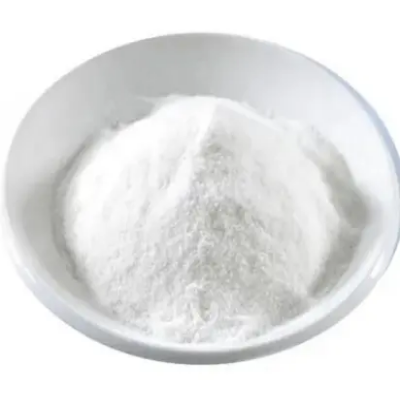
2-Methoxycyclohexane-1-carboxylic acid CAS:13702-44-8
2-Methoxycyclohexane-1-carboxylic acid, meticulously synthesized with precision, holds a significant position in organic chemistry due to its unique molecular structure and versatile applications. This compound features a cyclohexane core substituted with a carboxylic acid group and a methoxy group, offering diverse opportunities for chemical transformations. Renowned for its stability and structural complexity, it serves as a crucial intermediate in the synthesis of pharmaceuticals, agrochemicals, and specialty chemicals. Its strategic arrangement of functional groups provides a platform for various synthetic pathways, contributing to advancements in both research and industrial sectors.
-
![5,6,7,8-Tetrahydroimidazo[1,5-a]pyridin-7-amine dihydrochloride CAS:1417635-70-1](https://cdn.globalso.com/xindaobiotech/14Z4YR3PJ6@V5_YM236.png)
5,6,7,8-Tetrahydroimidazo[1,5-a]pyridin-7-amine dihydrochloride CAS:1417635-70-1
5,6,7,8-Tetrahydroimidazo[1,5-a]pyridin-7-amine dihydrochloride, meticulously synthesized with precision, stands as a significant compound in organic chemistry due to its unique molecular structure and versatile applications. This compound features a fused imidazo-pyridine core substituted with an amino group, offering diverse opportunities for chemical transformations. Renowned for its stability and structural complexity, it serves as a crucial intermediate in the synthesis of pharmaceuticals, agrochemicals, and specialty chemicals. Its strategic arrangement of functional groups provides a platform for various synthetic pathways, contributing to advancements in both research and industrial sectors.
-
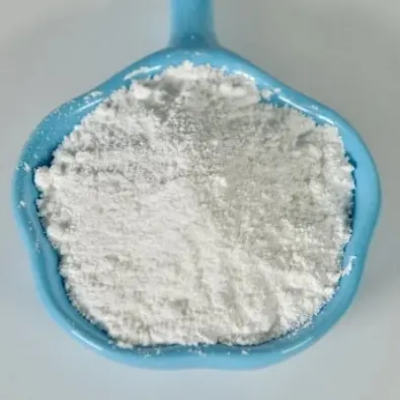
2-Bromo-6-(chloromethyl)pyridine hydrochloride CAS:188637-69-6
2-Bromo-6-(chloromethyl)pyridine hydrochloride, meticulously synthesized using precise methods, holds a significant place in organic chemistry due to its distinct molecular structure and versatile applications. With a pyridine core substituted by bromo and chloromethyl groups, it offers diverse opportunities for chemical modifications. Renowned for its stability and structural complexity, this compound serves as a crucial intermediate in the synthesis of pharmaceuticals, agrochemicals, and specialty chemicals. Its strategic arrangement of functional groups provides a platform for various synthetic pathways, contributing to advancements in both research and industrial sectors.
-
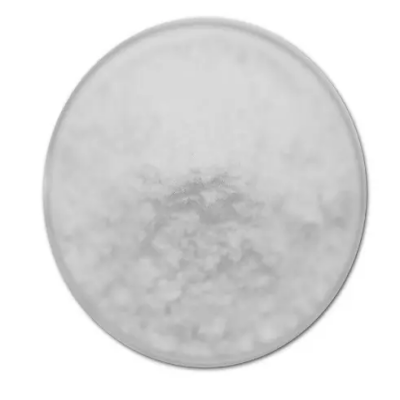
dibenzyl (2-hydroxypropane-1,3-diyl)dicarbamate CAS:119244-91-6
Dibenzyl (2-hydroxypropane-1,3-diyl)dicarbamate, meticulously synthesized with precision, holds a significant position in organic chemistry due to its unique molecular structure and versatile applications. This compound features a (2-hydroxypropane-1,3-diyl)dicarbamate core substituted with dibenzyl groups, offering diverse opportunities for chemical transformations. Renowned for its stability and structural complexity, it serves as a crucial intermediate in the synthesis of pharmaceuticals, agrochemicals, and specialty chemicals. Its strategic arrangement of functional groups provides a platform for various synthetic pathways, contributing to advancements in both research and industrial sectors.
-
![5-hydroxy-spiro[indole-3,4'-piperidin]-2(1H)-one CAS:2891598-52-8](https://cdn.globalso.com/xindaobiotech/K@NIE7HBAEP6E7J7DS177.png)
5-hydroxy-spiro[indole-3,4'-piperidin]-2(1H)-one CAS:2891598-52-8
5-Hydroxy-spiro[indole-3,4'-piperidin]-2(1H)-one, meticulously synthesized with precision, holds a significant position in organic chemistry due to its unique molecular structure and versatile applications. This compound features a spiro[indole-piperidin] core substituted with a hydroxy group, offering diverse opportunities for chemical transformations. Renowned for its stability and structural complexity, it serves as a crucial intermediate in the synthesis of pharmaceuticals, agrochemicals, and specialty chemicals. Its strategic arrangement of functional groups provides a platform for various synthetic pathways, contributing to advancements in both research and industrial sectors.

